Published May 25, 2020
What is a shoreline? A shoreline is the line along which a large body of water meets the land.
Sitting on a beach, it is easy to spot this defining feature. But what if I told you not all of the Great Lakes’ water is on the other side of the shoreline? What if I told you that when you’re enjoying the view of the water, there is much more lake behind you than you might think? Let's break it down.

Let’s find out how much water from your lake is actually on land.
Starting from the ground up, we will add up how much water we can find in each level of a lake-side city. We will be using data from Toronto, but the same math will hold true to any city with a lakefront.
How much water is below your feet?
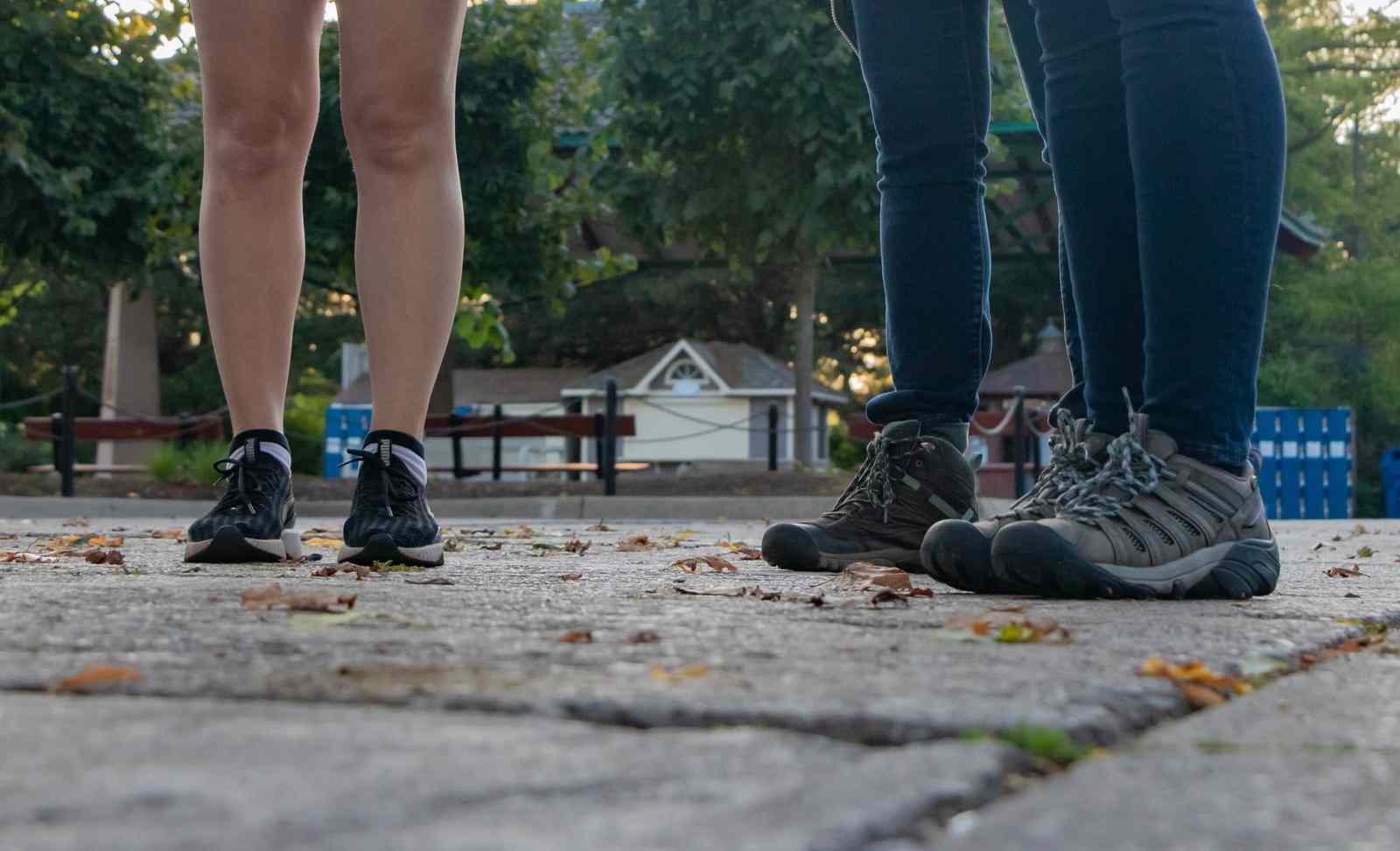
Since we are asking how much lake water is on land, we can use precipitation to find out how much water is in the ground. All of the rain, snow, and hail that comes down from the sky will either be absorbed in the surface, or travel back to the lake (this is called ‘runoff’). For simplicity, let’s ignore any groundwater reservoirs.
Take the surface area of the city of Toronto. The city has 630.2 square kilometres of area, and an average daily precipitation rate of 2.15 millimeters. With that in mind, we can safely say that, on average, the ground surface holds 1,354,390,000 litres or about 1,354 megaliters (ML) of water.
That might be hard to picture, but it’s as much as 542 Olympic sized swimming pools full of water! This is no small amount. But we are only just getting started.
Water is also under our feet flowing through the tap water system. Under each street in your city are kilometres and kilometres of pipes. It's quite amazing how water connects every apartment or house in this city to Lake Ontario!

To calculate how much water the tap water system holds, we need to find out the diameters of the different pipes used by the city, multiply that by the length of each type of pipe, then take into consideration the water pressure. Yikes! That’s a lot of math.
Or, we can simply look at the year-to-date water consumption report from the city (Phew!). The maximum daily use of water in the entire city of Toronto is 1,036 ML. This gives us a pretty good estimate for the amount of water in the system.
Let’s add it up!
If we have 1,354 ML of groundwater and 1,036 ML of tap water, that’s a grand total of 2,390 ML of water underground.
That’s 956 Olympic sized swimming pools just below our feet!
How much water is on the ground?
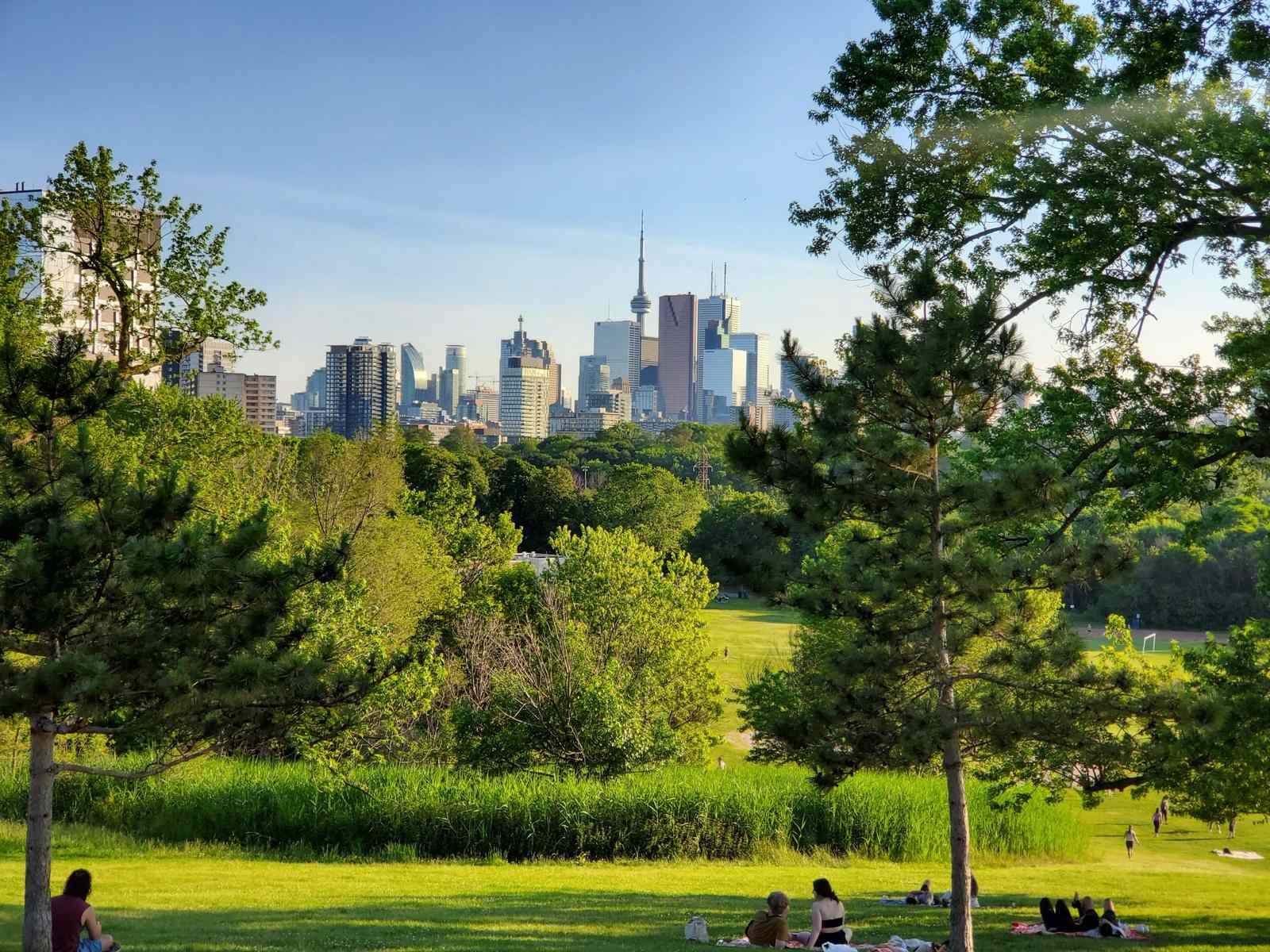
Moving up from the underground, we can look at ground coverage. Now, we’re not just talking about puddles and spilled coffee. Plants, shrubs, and trees all hold water in their branches, leaves, and trunks.
So how much of a city's green is actually blue?
Let’s get a little help from our friends at The Parks, Forestry, and Recreation department of Toronto. They have reported that 18.2% of the city of Toronto is covered in grass, and 19.9% is covered in forest.
Let’s start with grass. One square meter of grass needs about 20 litres of water to stay healthy. Regardless of how Toronto's grass gets its water (whether you are watering your lawn with a hose or counting on rainfall) that water all comes from Lake Ontario.
Let’s add it up!
If 19.9% of Toronto is covered in grass (125km squared) and that grass holds 20 litres of water per square meter that gives us a total of 2.5 ML of water.
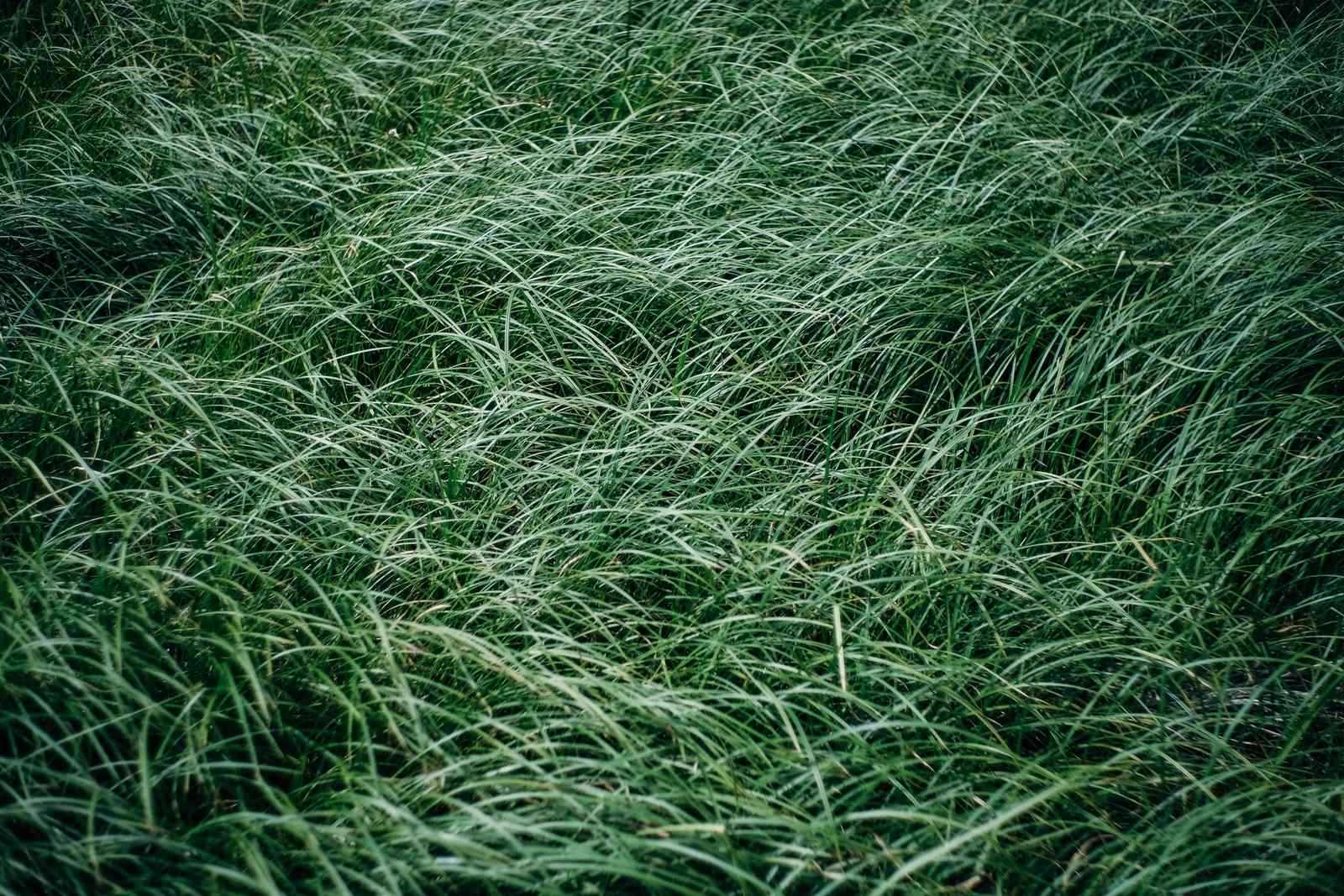
Did You Know?
Climbing up a bit from grass, we get to the trees. We can use the estimated number of trees in our urban area, knowing that each tree holds an average of 50 litres of water. With a whopping 10.2 million trees in parks, streets, and front yards, Toronto is very green indeed.
Let’s add it up!
If we have 10.2 million trees and each tree holds an average of 50 litres of water, that gives us a total of 510 ML of water. Or, 204 Olympic sized swimming pools in Toronto’s trees.
Adding it together, we have a total of 512.5 ML of water on the city’s ground (or 205 Olympic swimming pools).
How much water is in the air?
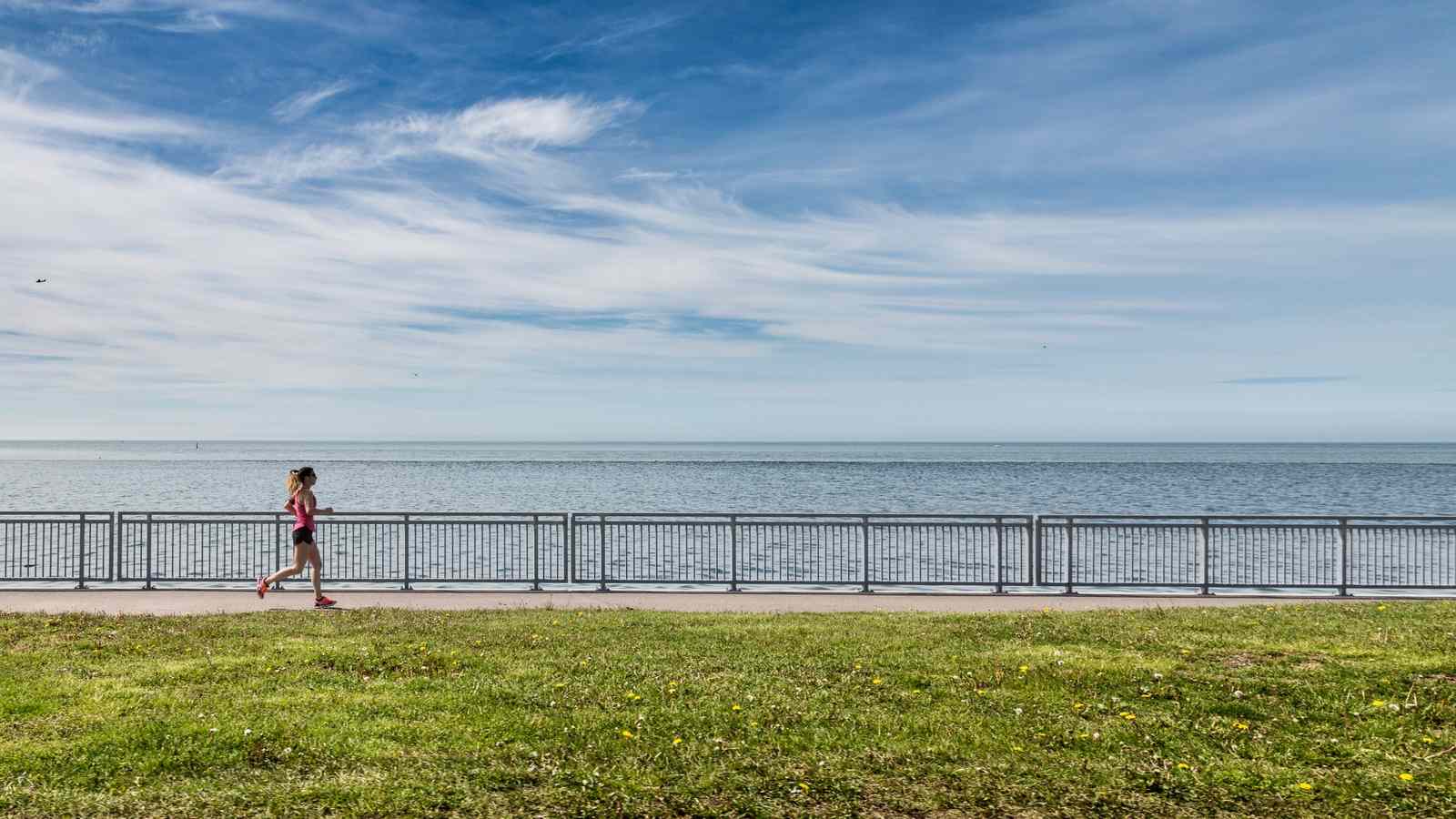
Finally, the last watery portion of our equation: the water that is in the air itself. Living close to a lake means that, on average, humidity levels are relatively high.
Did You Know?
Poetry aside, calculating the amount of humidity in our city will give us the last piece of the puzzle.
To measure humidity in litres, we need the following information: temperature, relative humidity, air density, and air volume. Because these variables change every day, we took some liberty and calculated this for an average day in the month of June. We know, it sounds like a lot more math… but bear with us.
On an average day for the month of June, hovering all around us in the area of Toronto is about 54 ML of water in humidity alone (22 Olympic pools). We are literally living in water all the time!
Are you ready for our grand total? Drumroll please…
Adding up the water below ground, at ground level, and above ground, our total water count is an amazing 2,957ML.
That is more than one thousand Olympic sized swimming pools of Great Lakes water all around us!

Writing this article truly opened our eyes to how much of the Great Lakes exist “invisibly” all around us. There is just so much water in every aspect of our lives. And yet there is one more figure that is missing from our calculation.
Us.

People are part of their environment and their waterbodies. Living close to your body of water means that your body holds some of that water within you. Water makes up 73% of the human body (roughly 5 litres in a person). The population of Toronto is 5.9 million people. That comes up to 29.5 ML (12 Olympic swimming pools).
This takes our grand total to 2987 ML (or 1,195 Olympic swimming pools) of Great Lakes water in our city.
This might have started out as a simple question, “How much of the Great Lakes are on land?”, and it might have had a long and complicated answer.
But, the simple answer is this: If you live in the Great Lakes region, the lakes truly are all around you.
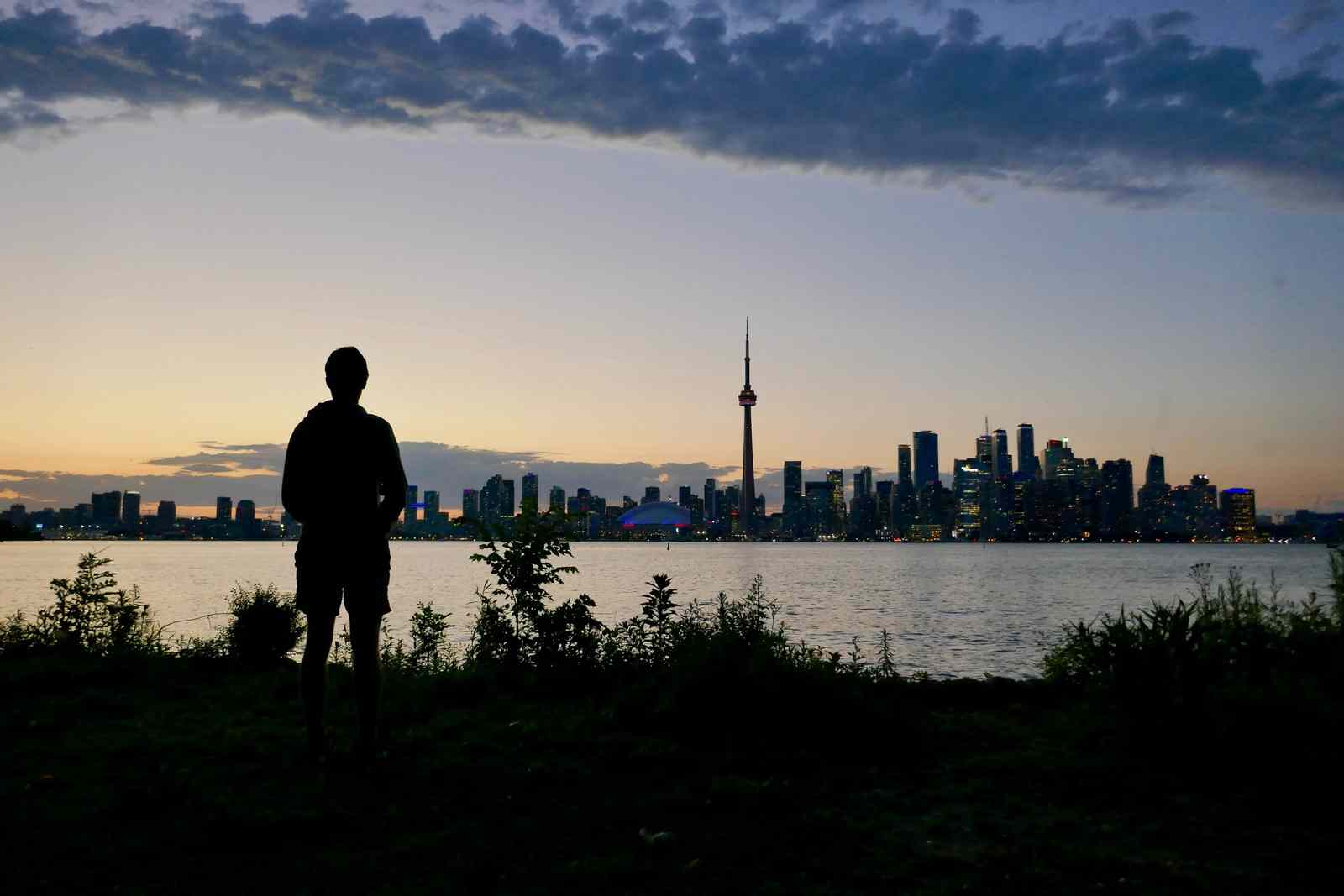
Can you find the Great Lakes from home? Send us your pictures using @greatlakesguide and #greatlakesguide on social!
